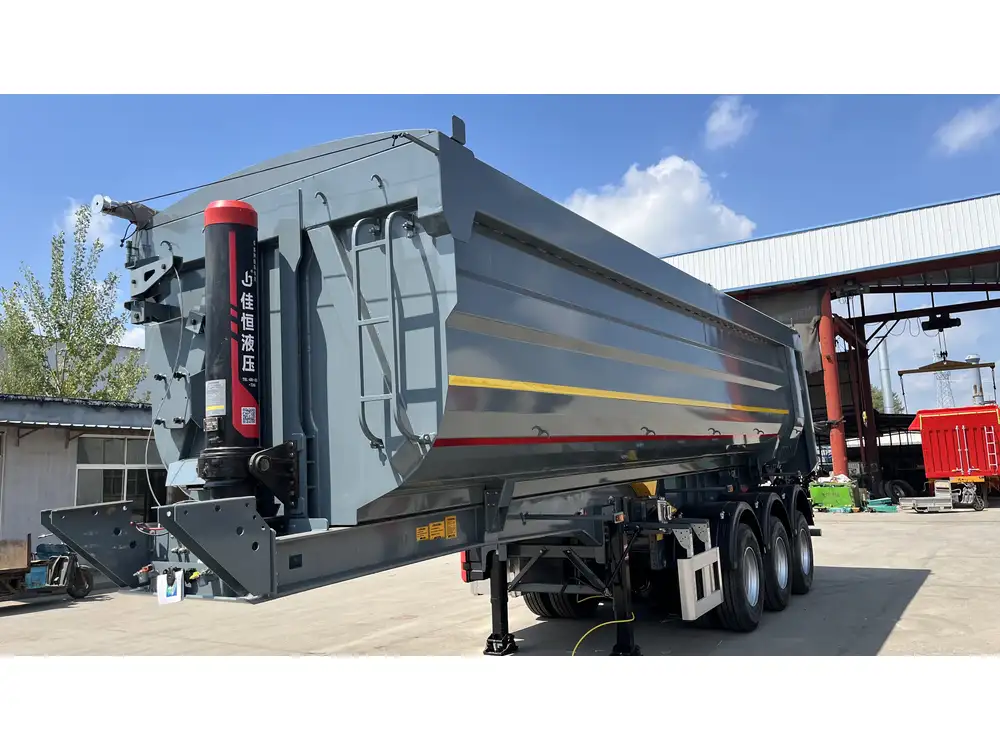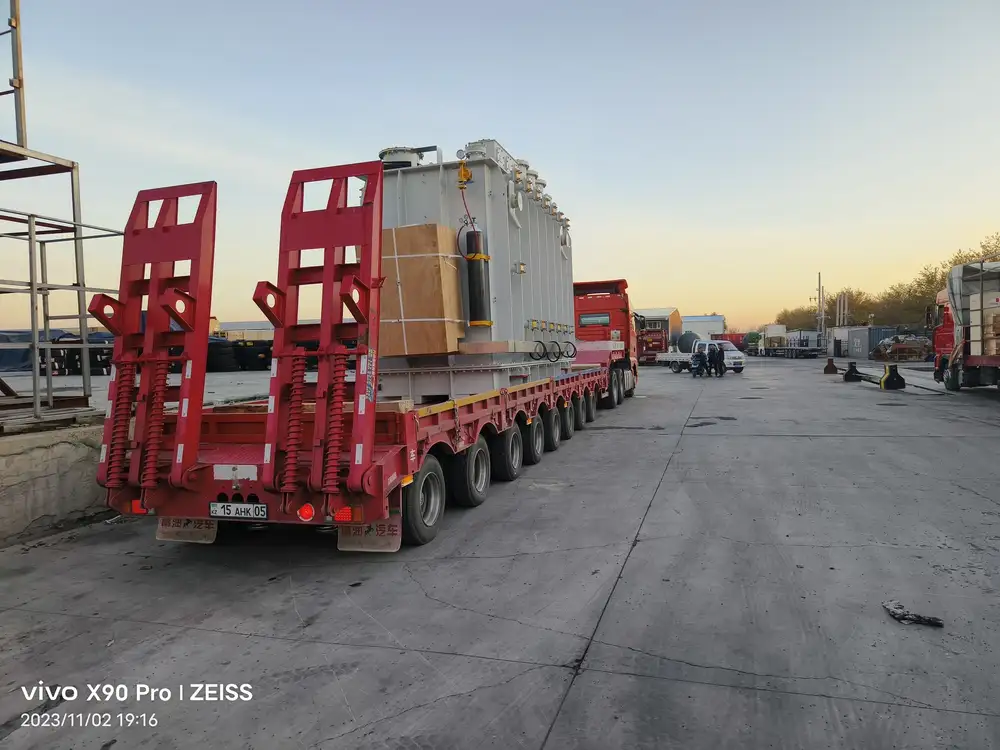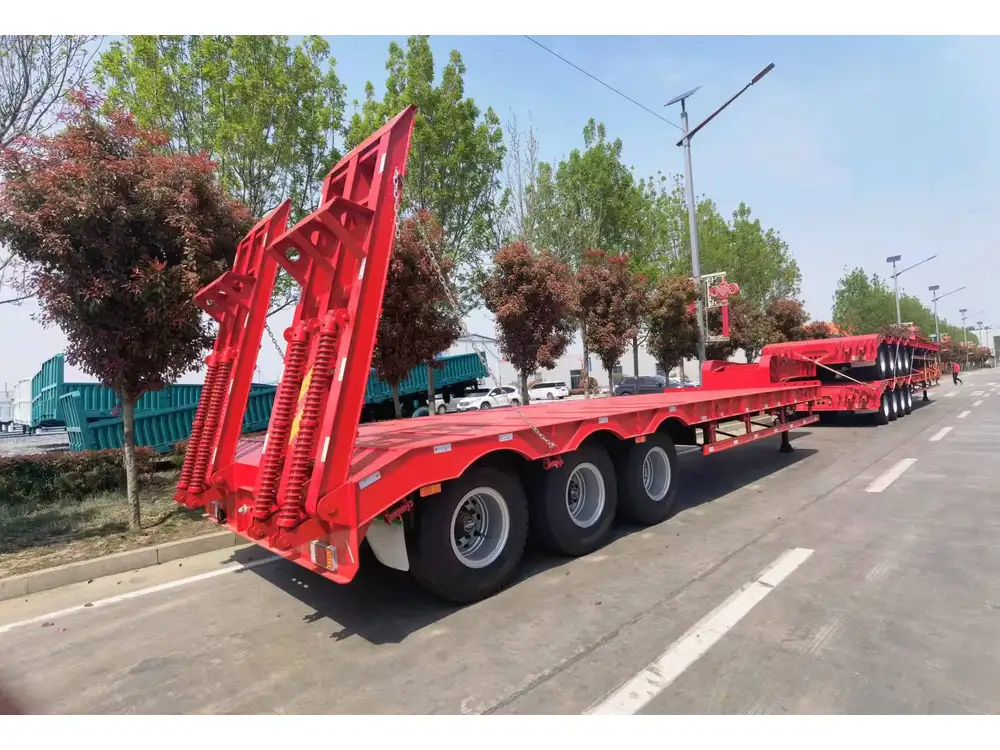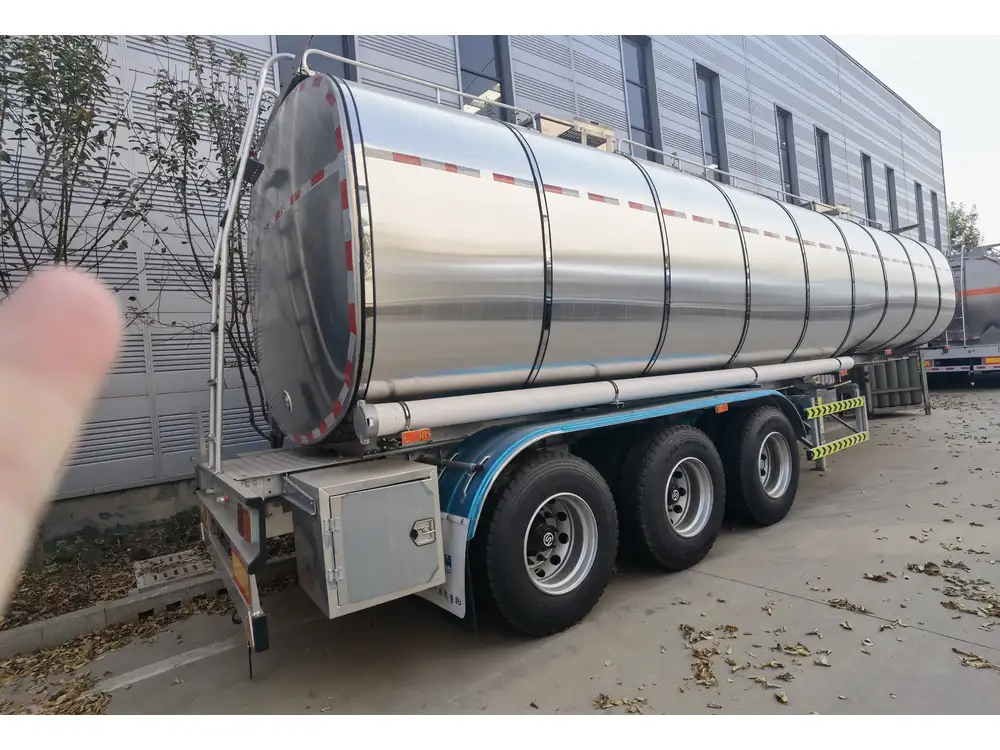In the world of heavy-duty transportation, ensuring that your semi-trailer remains in optimal working condition is paramount. One essential aspect of maintaining semi-trailers is the air system, which plays a crucial role in operations such as braking and suspension. In this article, we will delve into the intricacies of airing up a semi through the trailer connection, addressing common questions, troubleshooting tips, and best practices to help you maintain a functional air system.
Understanding the Air System in Semi-Trailers
Before we explore the specifics of airing up a semi-trailer through the trailer connection, it is essential to understand the components of the air system. The air braking system in a semi-trailer comprises several key elements:
- Air Reservoir: This is where pressurized air is stored.
- Brake Chambers: These use the pressurized air to activate the brakes.
- Compressor: Typically located on the tractor, this device generates the necessary air pressure.
- Lines and Fittings: These components deliver air from the tractor to the trailer, playing a vital role in effective communication and operation.
The Importance of Proper Air Pressure
Maintaining correct air pressure in a semi-trailer is critical for several reasons:
- Safety: Inadequate air pressure can lead to brake failures and accidents.
- Performance: Proper air pressure ensures that brakes respond effectively, improving the overall performance of the vehicle.
- Longevity: Keeping air systems properly inflated reduces wear and tear on components, extending their lifespan.

The Trailer Connection Explained
The trailer connection, often referred to as the trailer coupling, is a crucial component in the union of the tractor and trailer. It consists of several airlines that serve different functions, including:
- Service Line: Provides air to the trailer’s braking system.
- Emergency Line: Engages the trailer brakes if the connection is severed.
- Electrical Connection: Powers the trailer’s lights and other electronic systems.
Can You Air Up a Semi Through the Trailer Connection?
Yes, you can air up a semi-trailer through the trailer connection; however, several factors can influence this process. Understanding how to effectively operate the air system is vital for safety and routine maintenance.
Step-by-Step Process for Airing Up a Semi-Trailer:
Check the Connection: Ensure that the trailer is securely connected to the tractor and that all lines are properly attached.
Inspect the Air System: Before airing up, inspect for any leaks or damages in the air lines and fittings. A damaged line can result in incomplete filling of the air reservoir.
Start the Tractor: Turn on the tractor’s engine. This activates the air compressor, which generates air pressure necessary for filling the trailer’s air tanks.
Monitor the Air Pressure Gauge: Inside the tractor’s cab, keep an eye on the air pressure gauge. Both the tractor and trailer systems should ideally reach the standard pressure of 100-120 PSI.
Check for Pressure Equalization: Confirm that air is flowing properly between the tractor and trailer by ensuring that the pressure readings equalize over time.
Test the Brakes: Once the air system is pressurized, conduct a brake test to ensure the system is functioning properly.

Troubleshooting Common Issues
Even with a clear understanding of the process, issues may arise. Here are some common problems when airing up a semi-trailer through the trailer connection, along with suggested solutions:
1. No Air Pressure in the Trailer
Symptoms: The trailer’s air gauge reads zero, and the brakes do not engage.
Solutions:
- Check for disconnections in the airline.
- Inspect for leaks in the system using soapy water to test for air loss.
- Ensure the tractor’s compressor is operational and generating sufficient pressure.
2. Air Loss During Operation
Symptoms: Sudden loss of air pressure while driving.
Solutions:
- Conduct a thorough inspection of all airlines and connections.
- Look for damaged hoses or faulty couplings.
- Consider replacing worn-out components to prevent future leaks.

3. Slow Air Build-Up
Symptoms: It takes an unusually long time for the air pressure to build up in the trailer.
Solutions:
- Check for blockages in air lines or filters that could impede airflow.
- Inspect the tractor’s compressor to ensure it is functioning at optimal capacity.
- Clean or replace filters if necessary.
Best Practices for Maintaining Air Systems
To avoid complications associated with airing up semi-trailers, consider implementing the following best practices:
Routine Inspections and Maintenance
Schedule periodic inspections of air systems, including:
- Checking and tightening all fittings and connections.
- Inspecting air hoses for signs of wear and tear.
- Testing the air pressure gauges for accuracy.

Regular Replacement of Components
Components such as brake chambers and airlines have finite lifespans. Periodically replace parts based on manufacturers’ recommendations to guarantee safe operation.
| Component | Recommended Replacement Interval |
|---|---|
| Air Reservoir | Every 5 years |
| Brake Chambers | As needed (check annually) |
| Airlines and Fittings | Every 3-5 years |
Educate Drivers and Personnel
Make sure that all drivers and maintenance personnel are educated about the air system’s working principles, common issues, and maintenance practices. Regular training sessions can enhance overall safety and efficiency.
Alternative Methods of Airing Up Semi-Trailers
While airing up a semi through the trailer connection is standard, there are other methods that might be useful in certain situations.

Using an External Air Source
In cases where the tractor’s air system is non-functional or slow, an external air compressor can be used:
- Connect the compressor to the trailer’s service line.
- Monitor the air pressure and fill the tank until it reaches the desired level.
Manual Control Valves
Some trailers come equipped with manual control valves that allow operators to isolate systems or manually fill air tanks. Utilize these valves to ensure quick adjustments as needed.
Conclusion: Mastering the Air Systems for Optimal Performance
Understanding the air system in your semi-trailer is not merely a technical detail; it’s a cornerstone of safe and efficient transportation. Airing up a semi through the trailer connection is not just feasible, but critical to ensuring that your trailer functions safely. By learning to identify issues, implementing regular maintenance, and training personnel effectively, the lifespan of your semi-trailer can be significantly extended, enhancing performance while ensuring compliance with safety standards.

FAQs
Can I air up the semi-trailer if the tractor is not running?
No, the compressor needs to be running to build air pressure in the system.
How long should it take for the trailer to air up?
Under normal circumstances, it should take between 2 to 5 minutes to reach optimal air pressure in the trailer.

What should I do if I hear a hissing sound during airing up?
This could indicate a leak; check all airlines and connections immediately.
Through continuous education and adherence to maintenance protocols, we can ensure that the air systems of our semi-trailers remain in peak condition, maximizing safety and operational efficiency.



